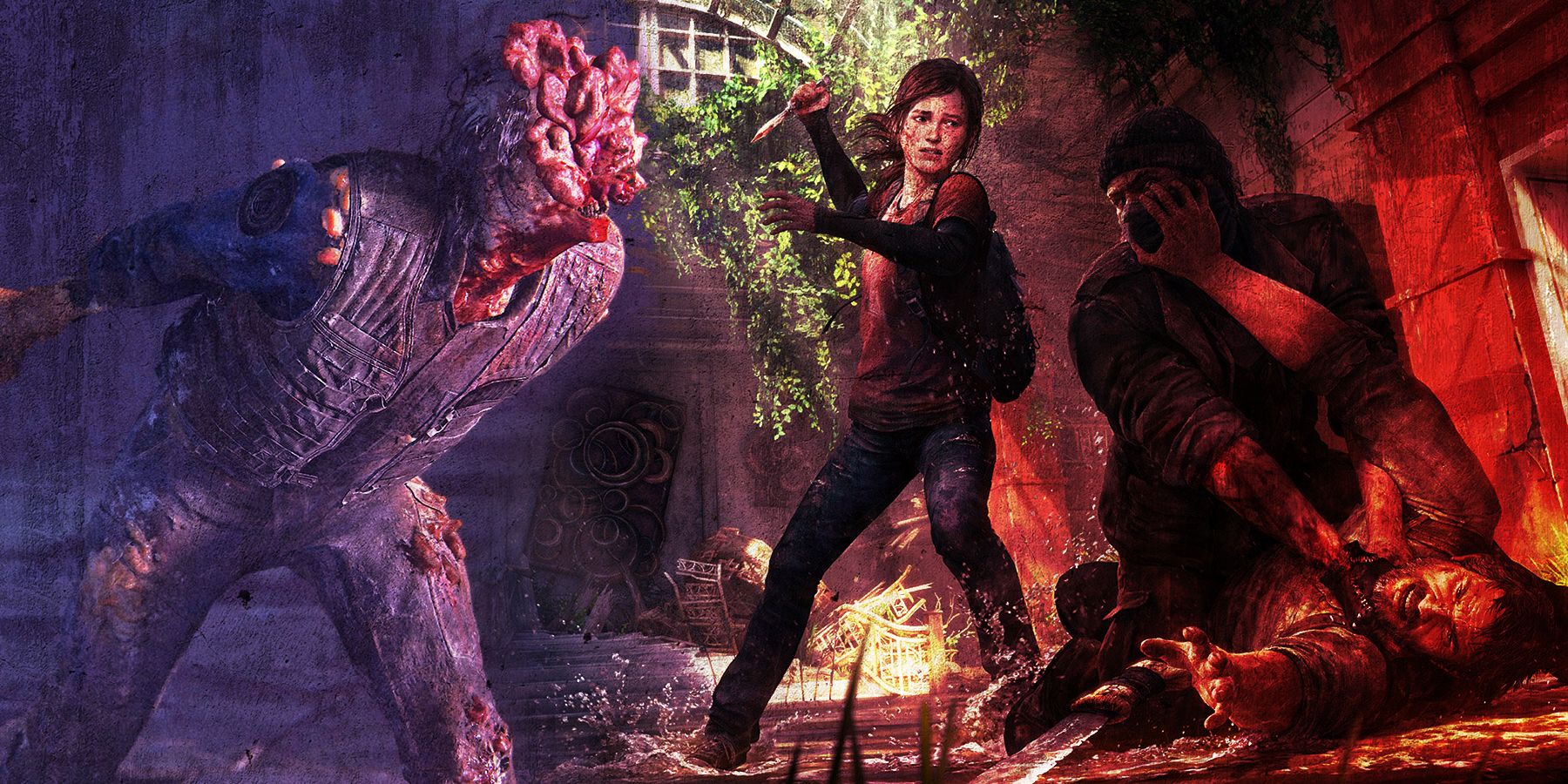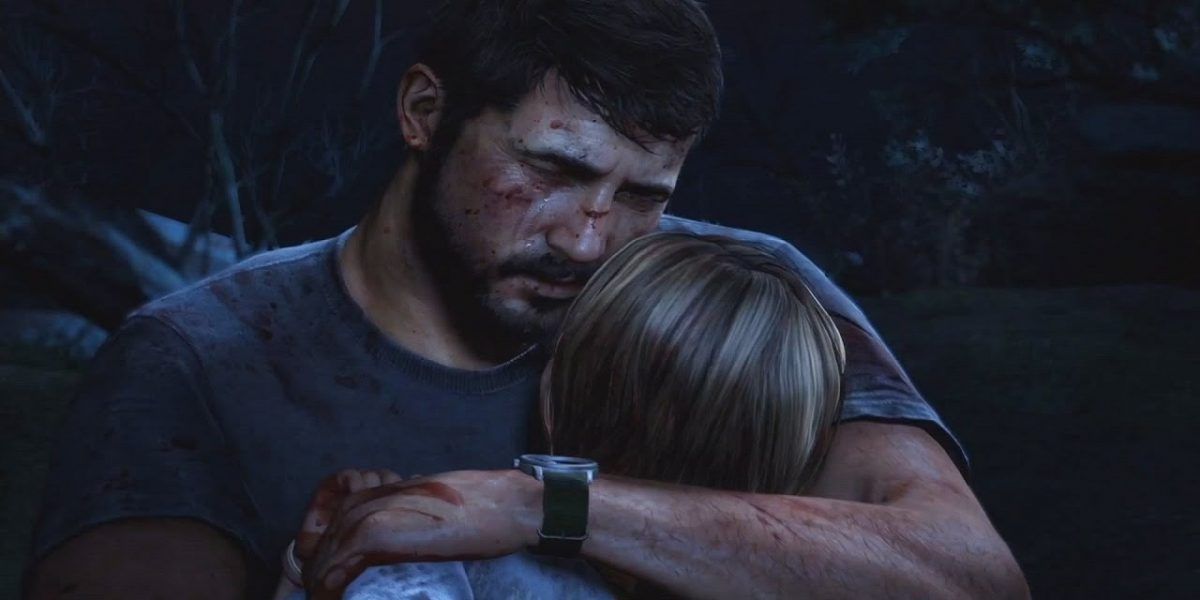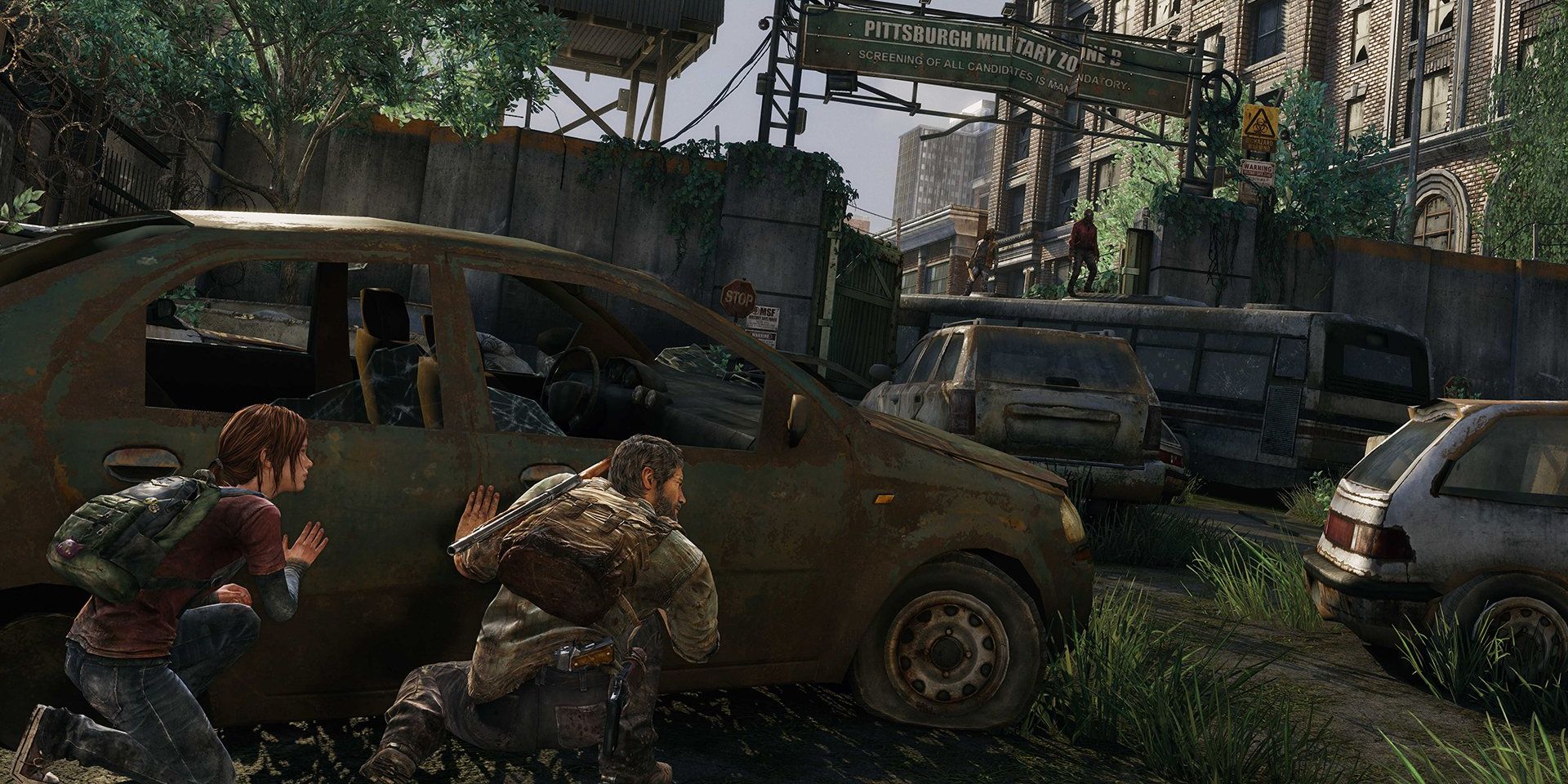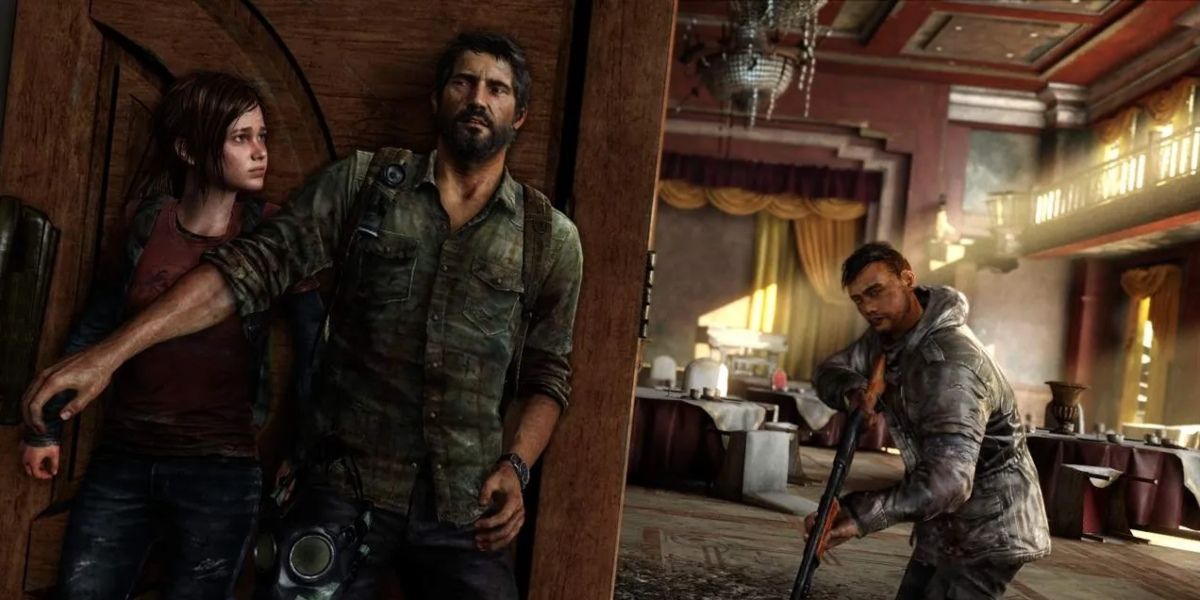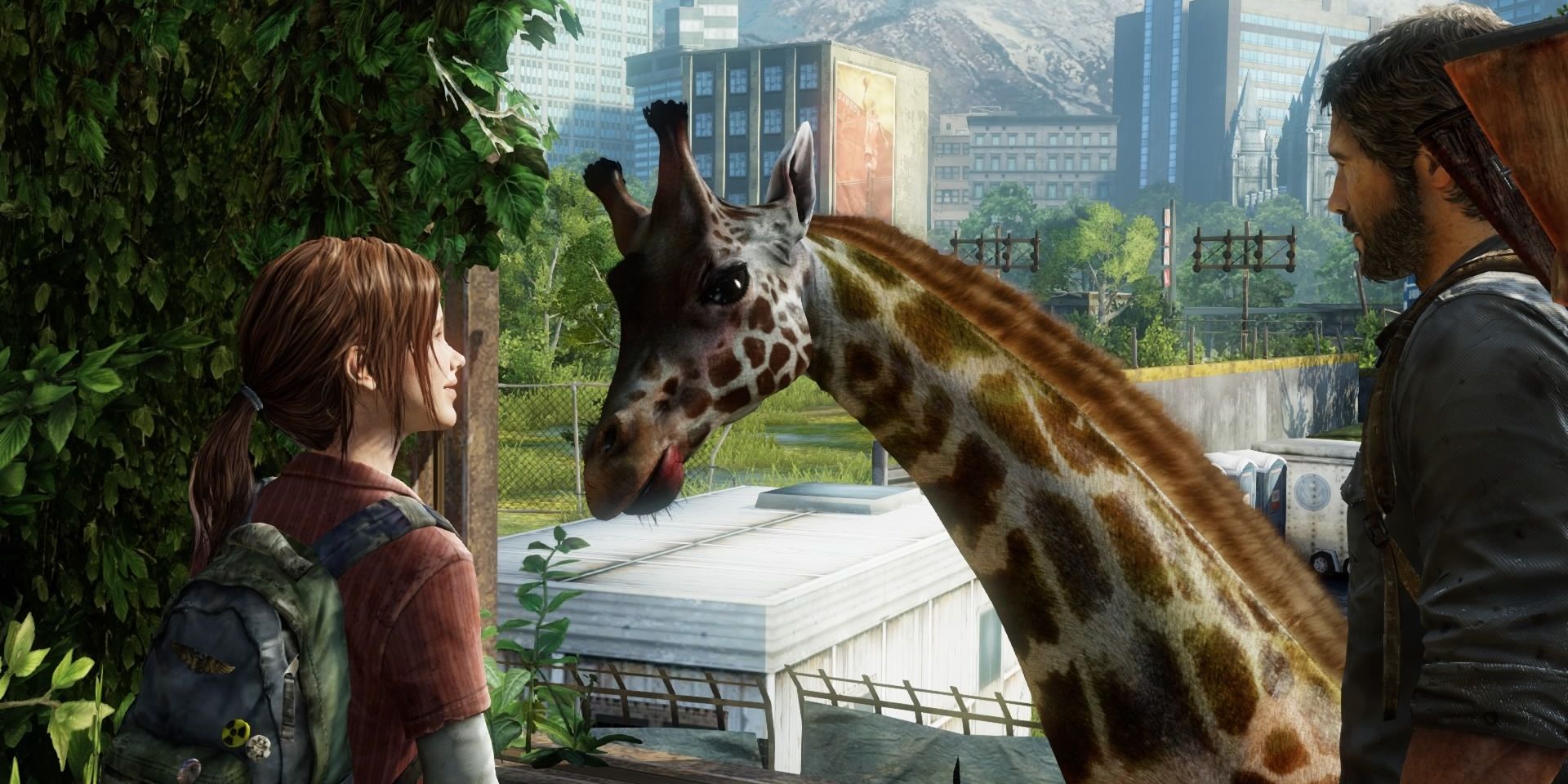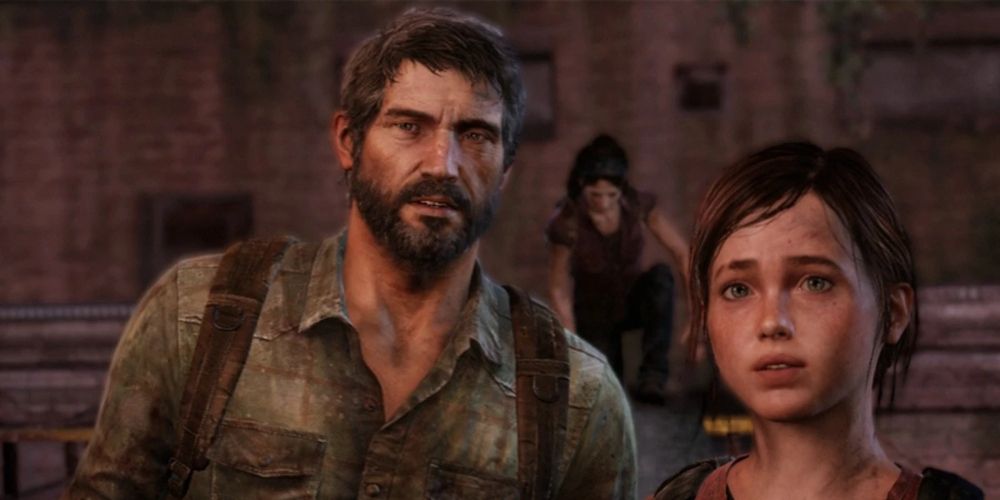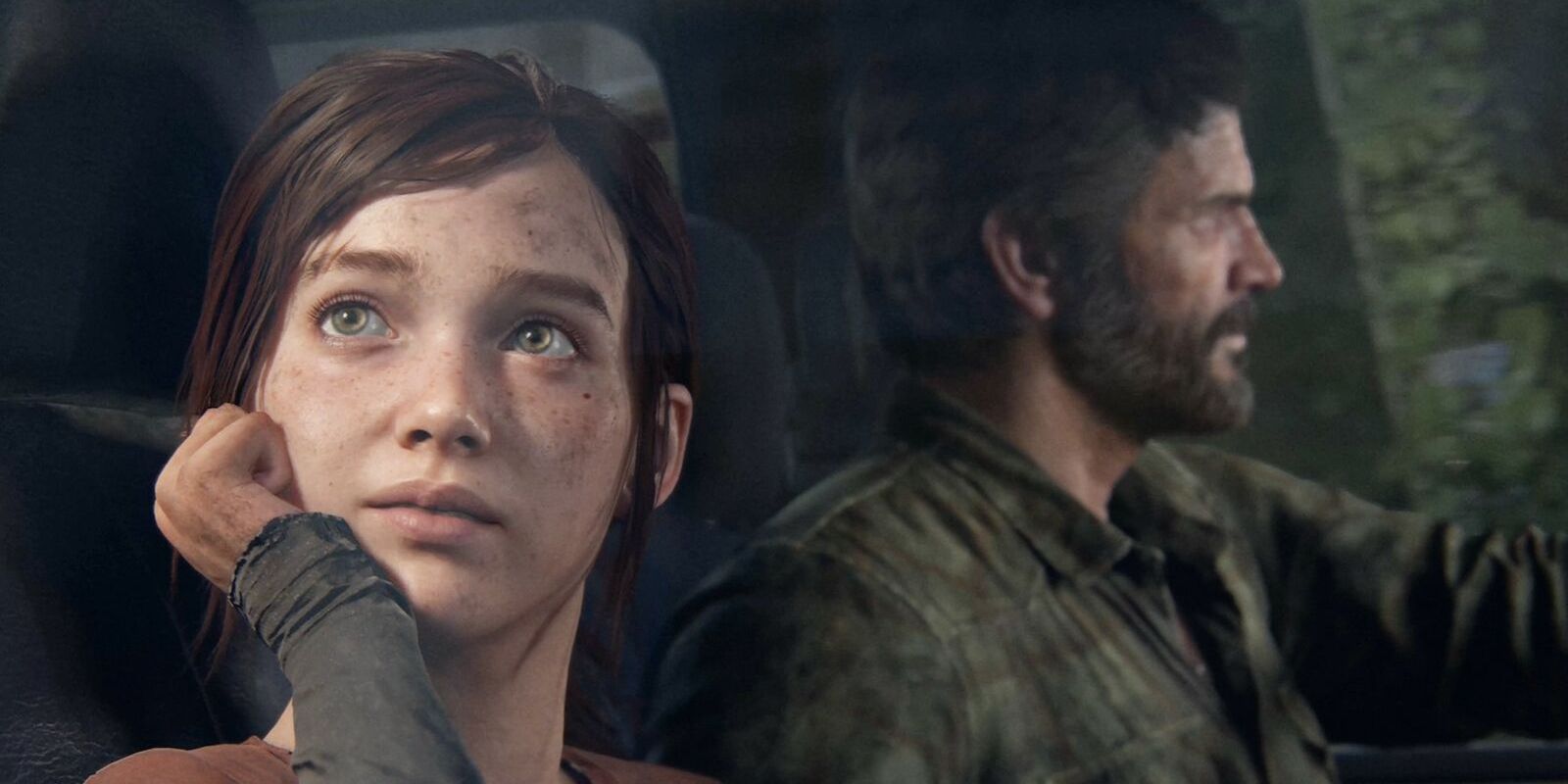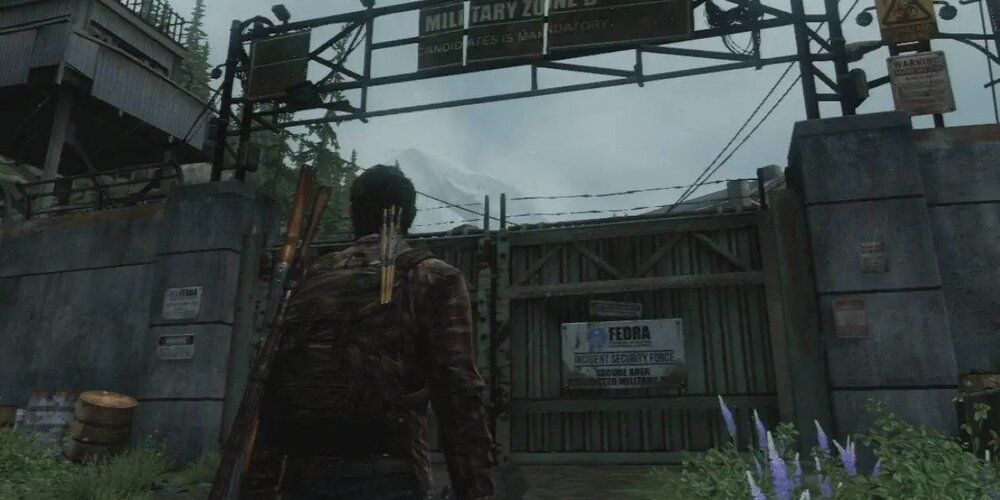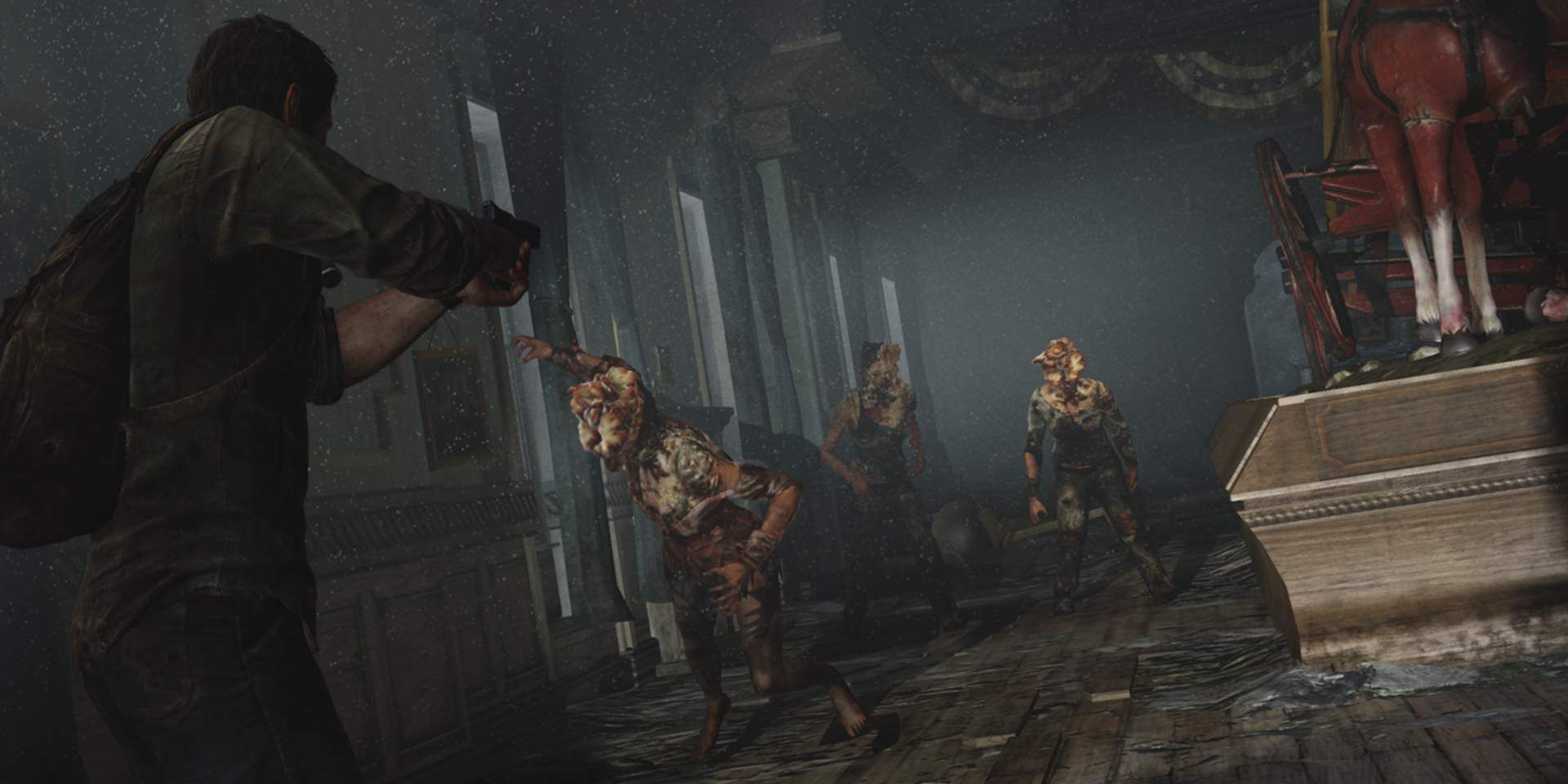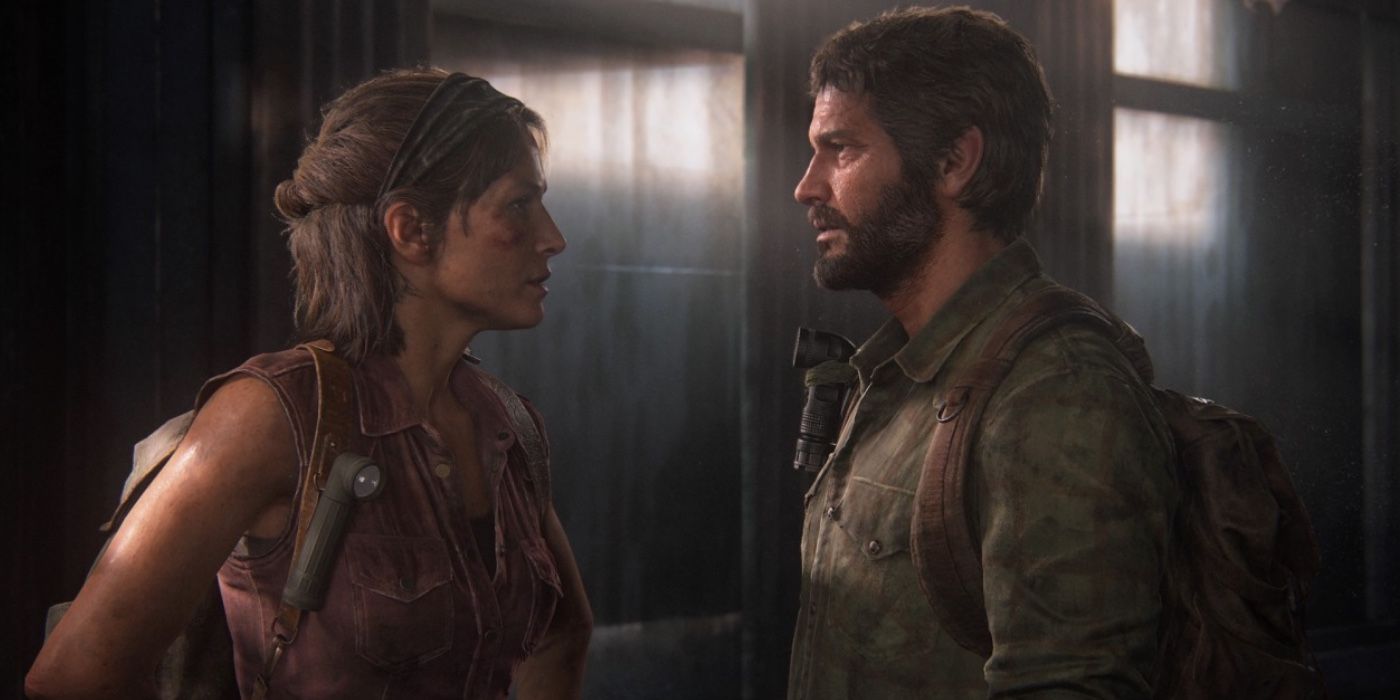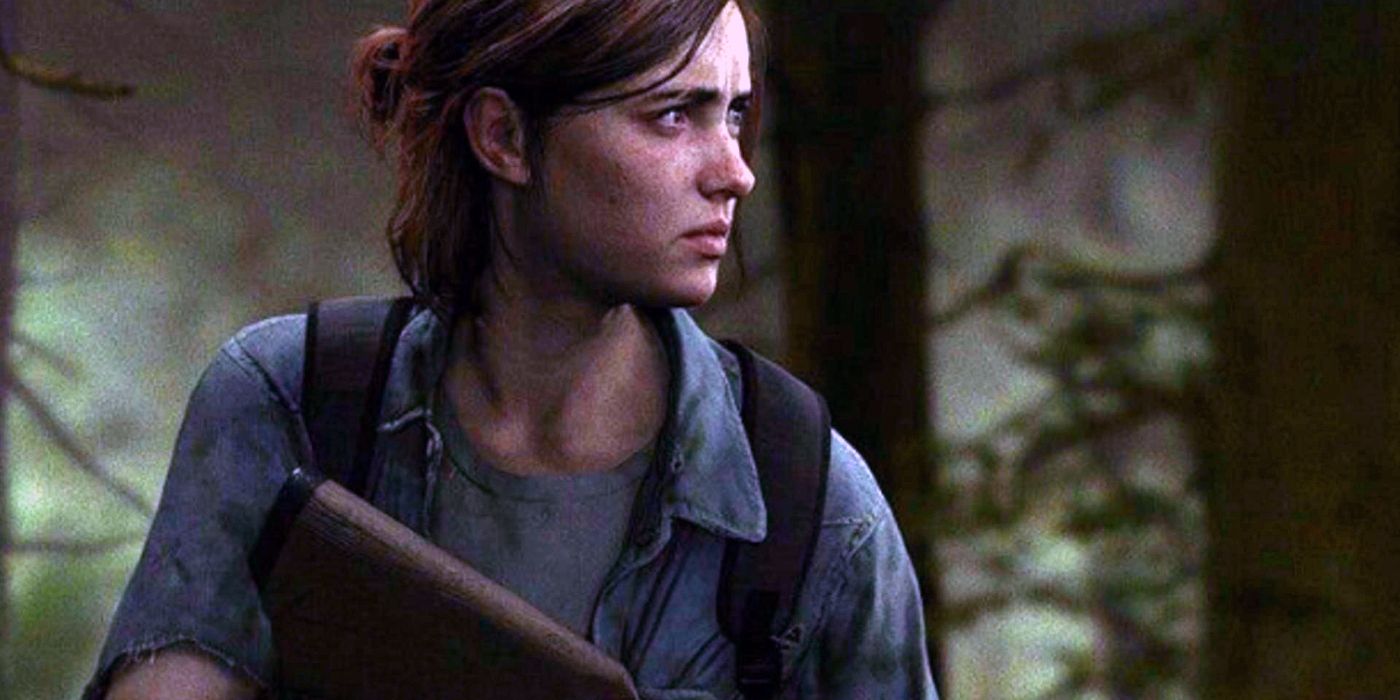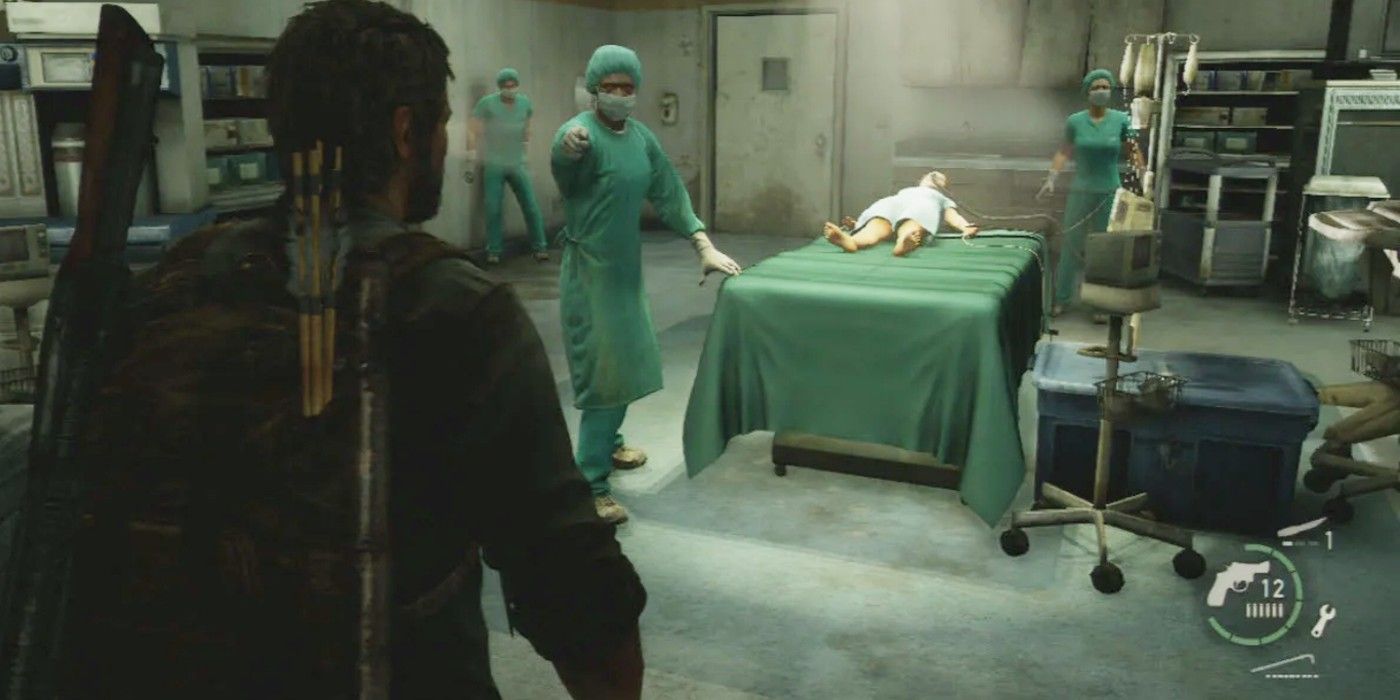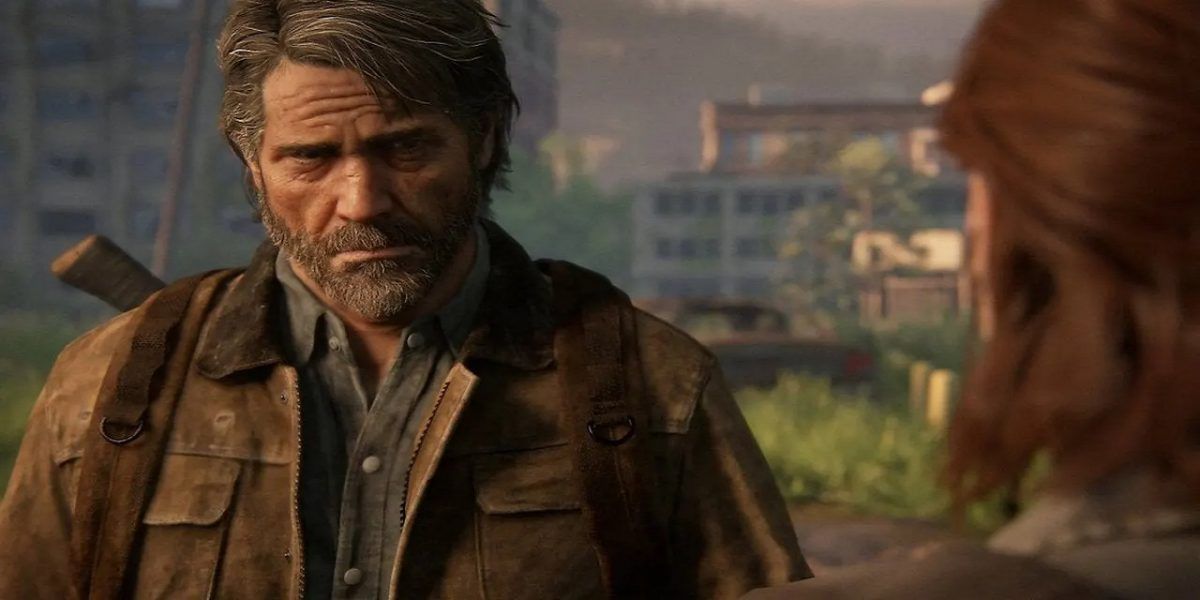The Last of Us was an absolute triumph of storytelling in video games. Developer Naughty Dog had already proven, with Uncharted 2, that the line between video games and movies could easily blur. The Last of Us (TLoU) showed players that video games could tell complex and emotional stories.
As such, The Last of Us remains one of the greatest narrative games to date, and subsequent playthroughs give players an even deeper appreciation for the game's compelling story. Still, players who want to experience the game for a second or third time will discover some harsh realities they may have missed the first time, thanks the story's sheer power.
Updated February 15, 2023, by Anthony Jeanetta. Critics, pre-existing fans, and new ones have all received HBO's adaptation of The Last of Us with widespread acclaim. The TV series has inspired many who played the games to pick them back up and start another playthrough, leading some to re-examine some of the game's nitpicks.
13 Replaying The Long Intro
The first time playing through The Last of Us, its introduction is tense, exciting, and tragic. However, once players know what’s going to happen in the story, this opening loses much of its thrilling intensity and becomes somewhat more tedious.
The Last of Us features superb gameplay moments like the Lakeside Resort chapter or having to sneak up on the sniper in the Suburbs. So, when a repeat player is eager to dive back into the actual game, waiting for the title's long opening to conclude can become difficult. Even fans who've only watched TLoU's TV adaptation may be itching to finish it and get into the actual game.
12 Outdated Mechanics
While it centers on survivors of a fungal zombie apocalypse, the narrative is The Last of Us’ real star. The game portrays a post-apocalyptic world that is tangibly dangerous and melancholic. Still, when it comes to the actual gameplay, TLoU is quite similar to many other games. For example, the Dishonored and Metal Gear series both offer better takes on stealth action.
Similarly, Uncharted has more bombastic action set pieces, and Gears of War provides better third-person shooting. Players who don't fully buy into the story, as they're likely to during their first playthrough, may lose interest in The Last of Us' occasionally repetitive and sometimes underwhelming gameplay.
11 Clunky Animations
Besides some unrefined mechanics, The Last of Us occasionally suffers from slow and dated gameplay animations. For example, applying a bandage takes significant time and stops players from running, making healing next to impossible in the heat of battle.
Likewise, movement can be extremely clunky in The Last of Us. Despite being extremely athletic, considering the character's ability to run and battle across the country, moving Joel often feels like turning a cruise ship. These unwieldy animations won't stop players from enjoying the game, but do pale in comparison to more modern competitors, including its sequel.
10 No Sense Of Discovery
Those who've played The Last of Us once are sure to remember the giraffe sequence, and there's an excellent reason why it's so famous. After trudging through grim environments, finding a wide-open landscape populated by former zoo animals feels like stumbling upon something extraordinary. This sense of discovery plays out in other minor ways throughout the gamer's first playthrough.
After finishing The Last of Us and becoming familiar with the game's setting and story, this feeling of wonder fades. Instead, players are more likely to remember where supplies are and head straight for them. Although searching every space can be tedious on a first playthrough, this sense of discovery makes moments like the giraffe scene much more effective.
9 Limited Possible Exploration
The game's smaller searchable areas limit the gamer's sense of exploration on a replay of The Last of Us. This first game, especially compared to many of today's open-world adventures, is primarily linear and keeps players on "rails" as they move throughout a given level.
Players can explore side alleys and the occasional unlocked house, but for the most part, The Last of Us keeps gamers on a narrow track. Because it's a story-driven game, Naughty Dog built everything to service the narrative. So, while it delivers an excellent story, it doesn't allow for the aimless wandering central to open-world successes like Assassin's Creed or Red Dead Redemption.
8 An Occasional Lack Of Tension
There are several instances of sustained tension when playing The Last of Us for the first time. These include narrative moments, like thinking Joel has died and Ellie is alone. They can also be gameplay moments, like escaping an armored vehicle chasing Joel, Ellie, Sam, and Henry.
While these tense sequences may have gamers white-knuckling their controllers on their first playthrough, they lose some of their punch the second time around. Knowing what comes next doesn’t ruin The Last of Us, as its story is worth experiencing a second time. Still, it won’t feel as exciting or dangerous as the first time.
7 Weak Points In The Story
Narrative-driven games often must straddle the line between what makes for a quality story and what makes for quality gameplay. Because The Last of Us focuses on its strong narrative, it's easy for players to set their critical minds aside when first playing the game. However, gamers may notice cracks in the mostly sturdy foundation after becoming more familiar with the story.
For example, the level "Tommy's Dam" includes some significant emotional moments when Joel openly discusses leaving Ellie with Tommy. This tension culminates when Joel angrily tells Ellie, "You're not my daughter, and I sure as hell ain't your dad." Although this scene delivers an emotional punch, it's interrupted by an attack from a random group of bandits. It's a moment that's especially videogamey, and repeat players will notice how out-of-place these elements feel in the game's narrative.
6 The Middle Of The Game
Playing through The Last of Us takes approximately 14 hours, which doesn't include trying to find every last supply and collectible or taking time to enjoy the detailed environments. First-time players may not notice some downtime in the middle of the game, but repeat players will recognize these slower parts.
The Last of Us doesn't have the most diverse roster of enemies. So, combat can become stagnant, even when the story driving it remains stellar. Once players know the narrative, this repetitive gameplay can especially cause the middle segment of the game to drag. Additionally, the lack of emotional beats during this stretch only adds to the middle's sluggishness.
5 Already Knowing What To Do
Early in The Last of Us, players encounter a group of clickers in an old subway terminal. First-time players must creep through this unfamiliar terrain, avoid some of the most formidable enemies they've met, and try to locate an exit. It's a confrontation that will generate a tangible sense of danger, mimicking what the characters are experiencing.
Still, after playing through The Last of Us, a good portion of the game's tension fades from moments like this. Repeat players will likely remember where they need to go and approximately how long a given level lasts. Gone is the stress of exploring dangerous and unknown areas for the first time. The dissipation of this tension makes subsequent playthroughs feel less potent than the first.
4 Buggy Companion And Enemy AI
The game's AI is one of the worst aspects of the original The Last of Us, as both companion and enemy characters have limited autonomy. For example, when sneaking around as Joel, Ellie will frequently move with players but oftentimes stop in clear view of the closest opponent.
Luckily, the opponent AI performs just as poorly. Whether they're fungal zombies or humans, enemies in The Last of Us remain oblivious to players movements unless they're sprinting or blatantly walking in front of them. The most recent remaster for PS5, and Part II has much more intelligent AI, but those replaying the original remaster will surely notice this lackluster performance.
3 Missing Sequel Features
When a game receives a sequel, it’s common for the new installment to introduce updated gameplay elements to address or streamline issues from the first game. The Last of Us: Part II introduces new mobility features and a more comprehensive upgrade system than the original game.
Subsequently, players who revisit the original The Last of Us after playing Part II may feel like something is missing. In the first game, sprinting feels slower, players can't go prone, and upgrades to skills are few and far between. Similarly, even aspects like the map being more closed may rub those who've played the second game the wrong way.
2 A Downer Ending
While playing through The Last of Us, players endure some heartbreaking moments. Sarah's death in the intro, Tess' sacrifice, and the terrible fates Sam and Henry endure all weigh heavily on gamers as they work to take Ellie to the Fireflies. These moments prove tragic the first-time gamers experience them. Still, players push on, hoping Joel and Ellie can eventually be a part of creating a cure for the outbreak.
However, for those who already know such an ending isn't in store, every loss weighs heavier, aware that each sacrifice does little in the grand scheme. The Last of Us TV series does well to give viewers a necessary reprieve from this gloom, whether through small character interactions or even full episodes, like “Long, Long Time,” which deliver instances of joy.
1 Knowing Joel’s Fate
Nobody would describe The Last of Us as a feel-good story. A sense of loss hangs over every moment, whether as intensely personal as Joel losing his daughter or environmental, like the notes describing people's last moments. Still, finishing the sequel only enhances this melancholy during a replay of the first.
While thematically on point, Joel's death in The Last of Us: Part II further saturates a second playthrough of Part I with increased nihilism. The first game's ending is an emotional gut-punch but is almost undercut by Joel's eventual fate in Part II. So far, HBO's adaptation has done well to inject some levity and even hope when possible, but fans don't yet know how it will treat these crucial moments.

